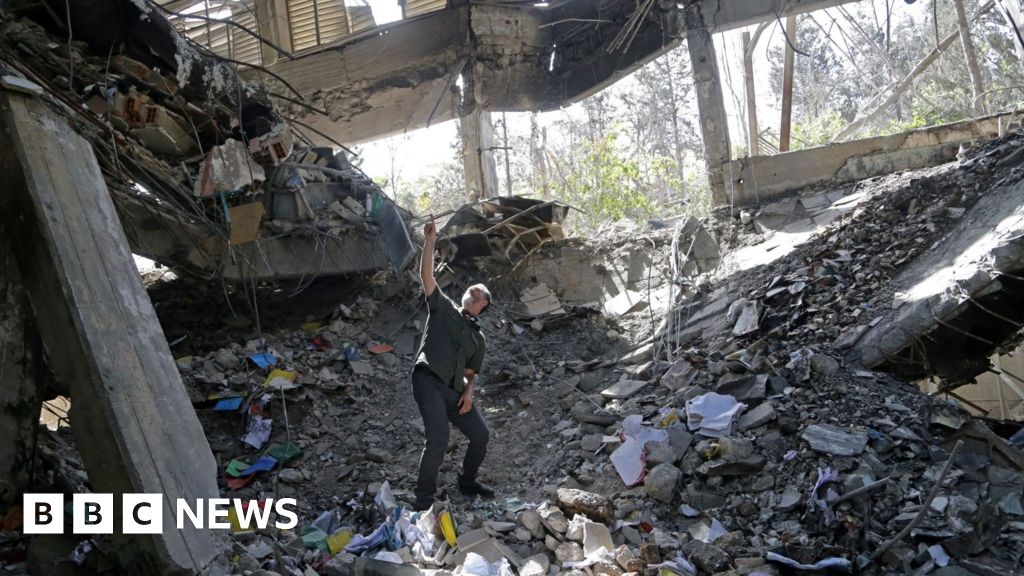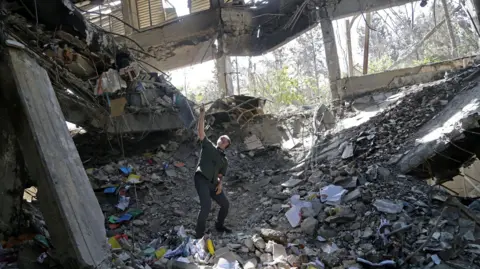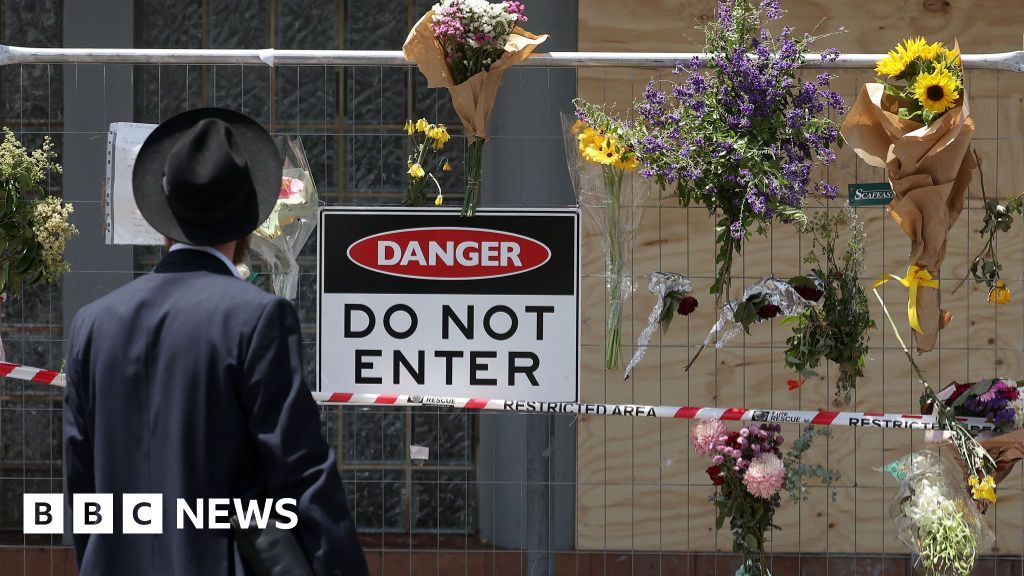Iran’s nuclear enrichment facility at Fordo suffered extensive damage following the U.S. Air Force’s recent bombing campaign. A new intelligence assessment, revealed today, confirms that the U.S. strikes, which involved the deployment of 12 massive bombs, have likely rendered the facility inoperable for the foreseeable future. Fordo, located deep underground, was deemed the most secure and technologically advanced of Iran's enrichment sites.
Other nuclear locations targeted in the airstrikes were not as severely impacted. However, critical infrastructure needed for weapon fabrication was destroyed, resulting in years of potential recovery. U.S. officials acknowledged that although the airstrikes may not have completely eradicated Iran’s stockpile of highly enriched uranium—necessary for producing nuclear weapons—these resources remain poorly accessible due to extensive damage.
Israeli officials corroborated the assessment, noting the strikes did not eliminate the near-bomb-grade fuel, estimated to be sufficient for creating up to ten nuclear weapons. Without the manufacturing capabilities now crippled by the bombings, U.S. representatives assert that Iran's nuclear ambitions are severely thwarted.
The assessment crystalizes the effects of the coordinated attacks by the U.S. and Israel, especially on Fordo, deemed pivotal in Iran's nuclear program. Despite still potentially holding a stock of uranium enriched to approximately 60% purity, Iranian officials likely face significant hurdles in utilizing these resources effectively.
Debate continues within U.S. governmental circles regarding the comprehensive implications of the airstrikes on Iran's nuclear framework and the extended timeline needed to stifle its capacity to develop nuclear weaponry.
Other nuclear locations targeted in the airstrikes were not as severely impacted. However, critical infrastructure needed for weapon fabrication was destroyed, resulting in years of potential recovery. U.S. officials acknowledged that although the airstrikes may not have completely eradicated Iran’s stockpile of highly enriched uranium—necessary for producing nuclear weapons—these resources remain poorly accessible due to extensive damage.
Israeli officials corroborated the assessment, noting the strikes did not eliminate the near-bomb-grade fuel, estimated to be sufficient for creating up to ten nuclear weapons. Without the manufacturing capabilities now crippled by the bombings, U.S. representatives assert that Iran's nuclear ambitions are severely thwarted.
The assessment crystalizes the effects of the coordinated attacks by the U.S. and Israel, especially on Fordo, deemed pivotal in Iran's nuclear program. Despite still potentially holding a stock of uranium enriched to approximately 60% purity, Iranian officials likely face significant hurdles in utilizing these resources effectively.
Debate continues within U.S. governmental circles regarding the comprehensive implications of the airstrikes on Iran's nuclear framework and the extended timeline needed to stifle its capacity to develop nuclear weaponry.


















